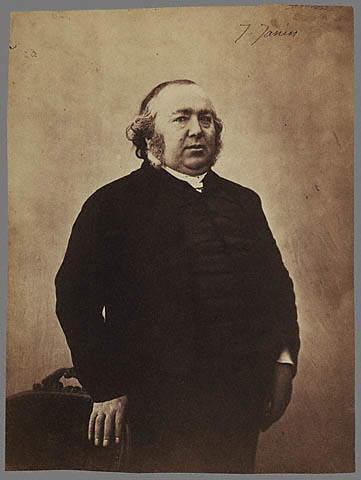‘Groovy Age of Horror Curt”s third post in a series Horror, High and Low on the merits and theory of genre fiction comes just in time as he is about to delve into the depths of Nazi exploitation fiction in a series he announces as The Nazis Are Coming. Needless to say, I am a bit of a fan of this guilty pleasure genre myself and I am happy that he introduces this chapter (other chapters have included vampires, werewolves, Frankenstein, nurses) with the cautionary words: as long as it firmly remains fantasy.
“I hope this goes without saying, but I’ll say it anyway: I, a hardcore liberal, no more endorse Nazism politically than I, a hardcore atheist/naturalist, endorse belief in the supernatural elements in the horror novels I review here. Nazis are bad for real life, but they obviously resonate powerfully in the imagination as embodiments of evil, sadism, and power. Like so much else, they’re good for fantasy–as long as it firmly remains fantasy. “
The emphasis on fantasy reminds me of the cathartic theories on gruesome fiction and the aestheticization of violence that were en vogue in the sixties and seventies.
Contrary to the cathartic theory, Curt’s current piece recognizes — by way of the theories of Ernst Kris, presumably from Psychoanalytic Explorations in Art (1952) — the possibility of being overwhelmed by id material, of not being able to distinguish the line between fact and fiction. This shines a particular light on media effects studies where for several decades, discussion of popular media was frequently dominated by the debate about ‘media effects’, in particular the link between mediated violence and real-life aggression.
An excerpt:
A more mature critical attitude, one that has made that reconnection, rather manifests a healthy flexibility described by Ernst Kris as,
The capacity of gaining easy access to id material without being overwhelmed by it, of retaining control over the primary process [i.e., while indulging it], and, perhaps specifically, the capability of making rapid or at least appropriately rapid shifts in levels of psychic function . . .
I think this truly positive account of genre fiction is what’s needed to put Jahsonic’s “nobrow” position on its firmest footing. I’m no more interested in Danielle Steele than Jan is, but now we’re in a position to say something about her–at least to the extent that we’re in a position to say something about genre fiction in general. Likewise, when Jan likens exclusively highbrow critics to someone who “only know[s] two colors, let’s say green and blue,” we’re now in a position to complete that metaphor by filling in the blanks of what the other colors represent that are missing from that palette–the warm colors, appropriately enough! —source
On a more personal note, Curt’s post above is the most articulate response so far since I started posting in the nobrow category. Curt’s blog Groovy Age has reinforced my position that one can only come to the nobrow if you know both ‘brows’.
Groovy Age is the only horror blog I read precisely because it knows its way around in ‘high theory’, referencing Freud and Ernst Kris. Fortunately Curt’s high theory does not detract from the sheer fun and excitement that oozes from its pages. I am already on the lookout for his 2008 nunsploitation chapter.




